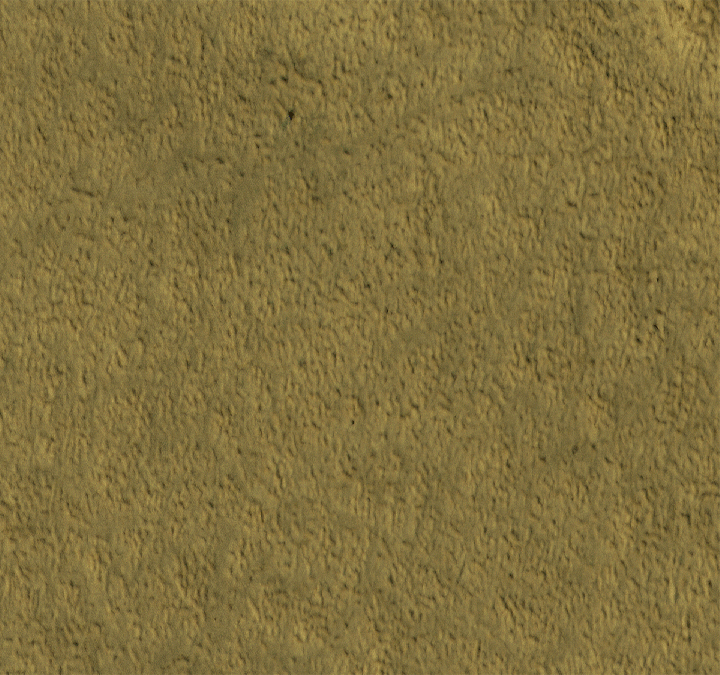22.02.2018

This animation blinks between two images of NASA's Mars Phoenix Lander hardware around the mission's 2008 landing site on far-northern Mars. By late 2017, dust obscures much of what was visible two months after the landing. The lander is near the top; the back shell and parachute near the bottom. Image credit: NASA/JPL-Caltech/Univ. of Arizona
-
A recent view from Mars orbit of the site where NASA's Phoenix Mars mission landed on far-northern Mars nearly a decade ago shows that dust has covered some marks of the landing.
The Phoenix lander itself, plus its back shell and parachute, are still visible in the image taken Dec. 21, 2017, by the High Resolution Imaging Science Experiment (HiRISE) camera on NASA's Mars Reconnaissance Orbiter. But an animated-blink comparison with an image from about two months after the May 25, 2008, landing shows that patches of ground that had been darkened by removal of dust during landing events have become coated with dust again.
In August 2008, Phoenix completed its three-month mission studying Martian ice, soil and atmosphere. The lander worked for two additional months before reduced sunlight caused energy to become insufficient to keep the lander functioning. The solar-powered robot was not designed to survive through the dark and cold conditions of a Martian arctic winter.
Quelle: NASA
